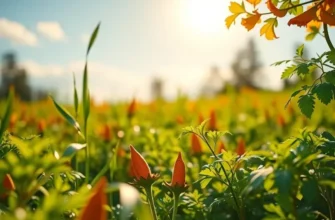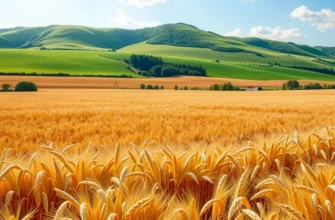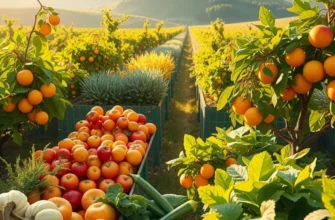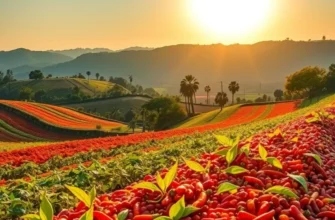Persian cuisine is a delightful fusion of flavors, colors, and traditions that beckon food enthusiasts and culturally curious palates alike. Rooted in ancient history and shaped by diverse regional influences, Persian food reflects a deep connection between its people, geography, and culture. From fragrant saffron to tart pomegranate, every dish tells a story, inviting exploration and appreciation of a unique culinary landscape that has shaped the Iranian table for centuries.
The Flavorful Foundations: Key Ingredients in Persian Cooking
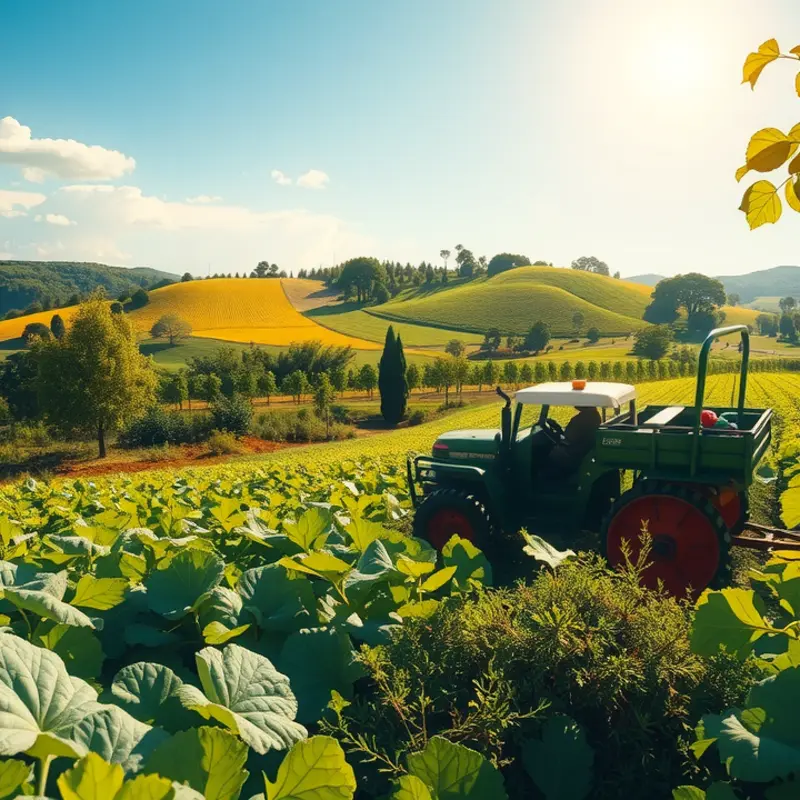
Persian cuisine is a vibrant display of colorful ingredients and complex aromas. Each recipe tells a tale of tradition and the region’s rich agricultural tapestry. At the heart of this captivating culinary world lies a selection of fundamental ingredients that are indispensable in Persian cooking.
Herbs and Aromatics
Herbs play a starring role in Persian dishes, with fresh herbs like parsley, cilantro, mint, and dill being everyday necessities. These herbs are not merely garnishes but often form the bulk of the dish, offering fresh, bright flavors that awaken the palate. In signature stews like ghormeh sabzi, herbs intermingle with tangy dried limes and tender lamb to create an irresistible medley of tastes. Additionally, dried rose petals are used to impart a subtle floral aroma, enhancing everything from stews to desserts.
Spices and Saffron
Spices are woven through Persian cuisine, creating layers of flavors that delight and intrigue. Turmeric, cumin, cinnamon, and cardamom are common comforts in Persian spice cabinets. Each has its role, from adding warmth and depth to a complex plate or highlighting the sweetness of a dessert. However, the crown jewel of Persian spices is undoubtedly saffron. Harvested painstakingly from the crocus flower, saffron infuses food with a rich golden hue and an unmistakable aroma. It’s often used in chelo, the quintessential Persian saffron rice that graces most tables.
Diverse Grains and Legumes
Rice is a staple, captivating diners with its artistry. Varieties like basmati are prized for their fragrant qualities and are meticulously prepared to achieve a fluffy texture. Grains like barley also make frequent appearances in soups and salads. Meanwhile, legumes such as lentils, chickpeas, and kidney beans provide earthy flavors and sustenance, forming a cornerstone of many dishes. Their versatility and nutritional value ensure they are featured prominently across the menu.
Fruits and Nuts
Fresh fruits add a welcome burst of flavor and color to Persian meals. Pomegranates, with their juicy seeds and sweet-tart flavor, often enhance both savory and sweet dishes. Apricots, plums, and quince lend their charm to stews, creating a delicate balance of sweet and savory. Nuts, including pistachios, almonds, and walnuts, provide texture and depth, often finding their way into rice dishes, pastries, and dips like fesenjan—a walnut and pomegranate stew.
Regional Produce
The diversity of Iran’s climate allows for a wide range of produce. Variations in the use of ingredients across regions reflect local agriculture. As a result, each Persian dish tells the story of its place of origin. For example, the citrus groves of the south influence many of the brighter, zestier flavors of dishes from that area.
These ingredients are not only culinary building blocks but are also part of the intricate socio-cultural fabric of Persian life. Each meal is a celebration of hospitality and the melding of nature’s bounty with culinary creativity. Embrace these foundational elements, and you’ll unlock the palette of flavors that makes Persian cuisine truly enchanting.
For those interested in exploring more flavor-enhancers, consider checking out this guide on flavor boosters without salt.
Tradition on a Plate: Signature Dishes of Persia

Tradition on a Plate: Signature Dishes of Persia
Persian cuisine stands as a testament to its rich cultural history, where each dish tells a story. The most revered among these is Ghormeh Sabzi. This aromatic stew is a staple at Persian family gatherings. It combines herbs like parsley, cilantro, and fenugreek, mingled with the tang of dried limes, tender lamb, and red kidney beans. Slow-cooked to perfection, its preparation is an art passed down through generations. Expected at every celebration, Ghormeh Sabzi symbolizes hospitality and is often discussed in Iran not just as a meal, but a ritual binding families together.
Equally iconic is Tahdig, the golden rice crust cherished by many. Made by gently steaming rice until a crisp, buttery crust forms at the base, this dish requires skill and patience. A perfect Tahdig is crispy and evenly browned, demanding an eager anticipation for the sound of the crust cracking, revealing treasured morsels below. Tahdig’s communal aspect reinforces bonds around the family table, often accompanied by laughter and the sharing of personal stories.
Beyond these, Kebab, perhaps the most globally recognized Persian dish, varies from the succulent lamb morsels of Kebab Koobideh to the marinated chicken of Joojeh Kebab. Traditionally served with an array of grilled tomatoes and peppers over skewers, they embody the spirit of Persian outdoor meals and gatherings.
Another culinary treasure is Fesenjan, a walnut and pomegranate stew. Rich with the sweet and sour harmony of flavors, its preparation is meticulous, calling for hours of simmering to deepen its flavors. Fesenjan conveys warmth and nurturing love, shared especially during colder months.
On the lighter side, we find Shirazi Salad, a zesty blend of cucumbers, tomatoes, and onions. Dressed simply with olive oil and lime juice, it’s a refreshing companion to hearty dishes and enhances communal dining experiences, echoing the balance central to Persian meals.
The preparation of these dishes honors age-old culinary techniques while welcoming modernization, ensuring their continued relevance. They serve as a bridge between Persia’s past and its diasporic future, preserving cultural identities and celebrating personal relationships. Persian cuisine doesn’t only satiate hunger but also tells stories—of migration, adaptation, and familial love.
To explore how traditional flavors can be reassessed in modern kitchens, consider linking time-honored recipes with sustainable practices (see eco-smart kitchen storage). This bridges generational practices with contemporary culinary trends, encouraging thoughtful consumption and enriching dining cultures.
Through these dishes, Persian cuisine offers a sumptuous narrative, woven with love, history, and identity, inviting everyone to savor the essence of Iran through each flavorful bite.
Final words
Persian culinary heritage is a vibrant mosaic that reflects its people’s history, geography, and diversity. Every spice, herb, and ingredient used is emblematic of centuries of wisdom, cultivated through love and tradition. As you explore Persian dishes, remember that each meal is not just food on a plate; it is an invitation to experience a culture that celebrates hospitality and community, where every bite connects you to the heart of Iran. Embrace the journey of flavors and let it take you beyond borders.


